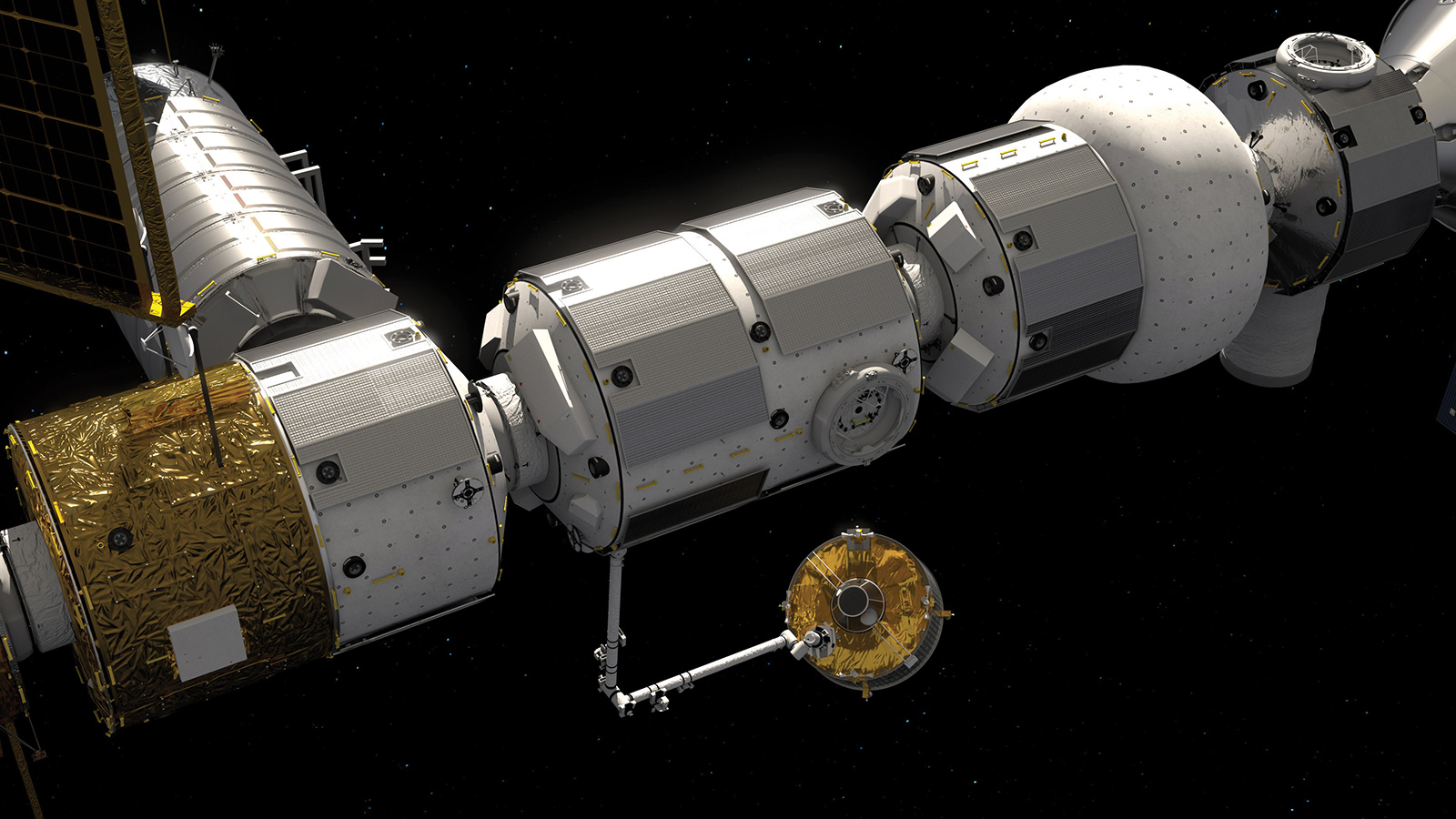Stay Up to Date
Submit your email address to receive the latest industry and Aerospace America news.
For this issue, we did not deliberate long over whether to make our Apollo 11 anniversary section the cover story. As important as it is to look back at the moon landing 50 years ago in July, we decided that the cover should air a possible solution to the greatest obstacle to humans living and working in deep space.
Human biology cannot survive for very long outside of Earth’s protective magnetosphere. Humans would be pummeled by deadly radiation if we tried to set up shop permanently on Mars or elsewhere in the solar system.
Today, humanity doesn’t actually have the choice outlined by Jeff Bezos when he accepted the 2016 Collier Trophy on behalf of his company Blue Origin. “Either we stay here on Earth and have this civilization of stasis, or we expand into the solar system and have a dynamic, exciting civilization of exploration and pioneering,” Bezos said.
Toying with our genes sounds like an outlandish way to expand into the solar system. But colonization sounds outlandish too, so maybe the answer needs to match. Of course, there could be other answers. If Earth can create a magnetosphere, perhaps humans can too. Or maybe the solution lies in materials and structures or in taking shelter in natural structures such as volcanic caverns. Whatever the answer, advocates of space colonization should make sure that humans can survive in deep space, less their exuberance draws more money than warranted to the fun stuff like deep space rovers, transports, mining tools and habitats.
In the meantime, there ought to be ways to avoid the “stasis” that Bezos rightly warns of. Humanity could do more to define the environmental intricacies of our home planet and make our presence here sustainable. We could continue launching robotic probes into the solar system and building amazing space telescopes.
Perhaps along the way we will discover that these devices are the pioneers and that humanity is already living and working in space.
About Ben Iannotta
As editor-in-chief from 2013 to March 2025, Ben kept the magazine and its news coverage on the cutting edge of journalism. He began working for the magazine in the 1990s as a freelance contributor. He was editor of C4ISR Journal and has written for Air & Space Smithsonian, New Scientist, Popular Mechanics, Reuters and Space News.
Related Posts
Stay Up to Date
Submit your email address to receive the latest industry and Aerospace America news.




